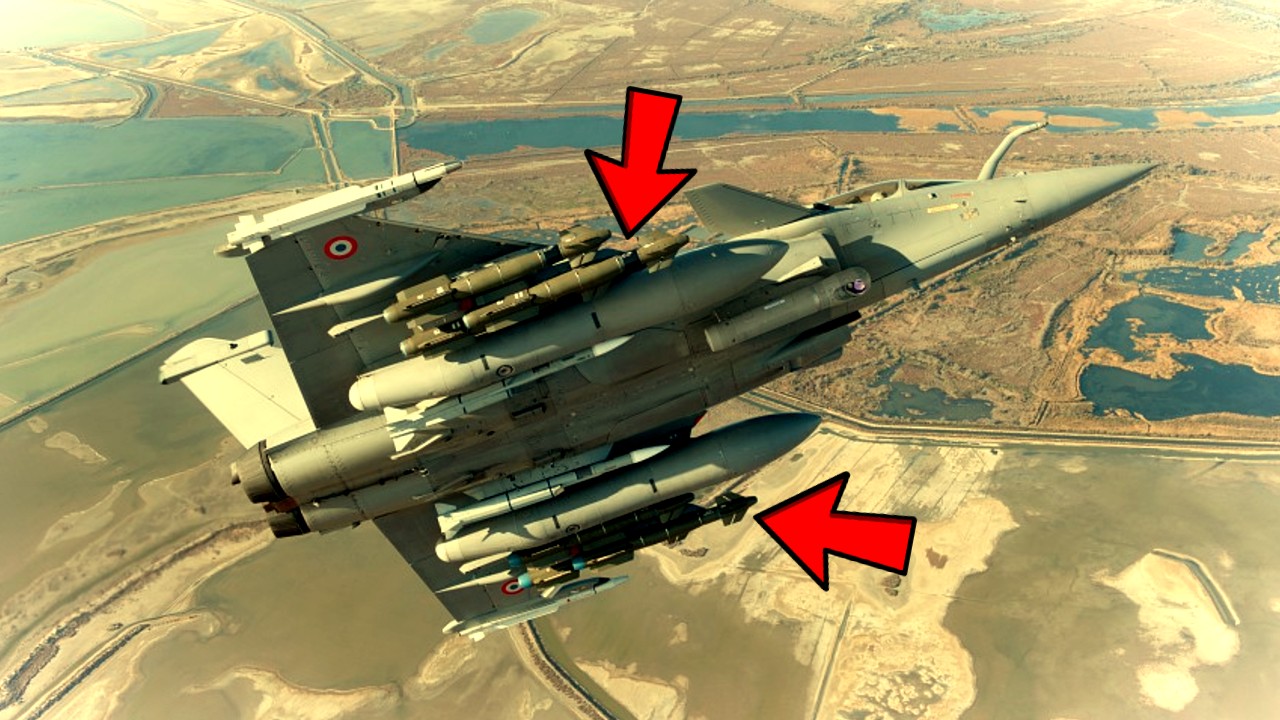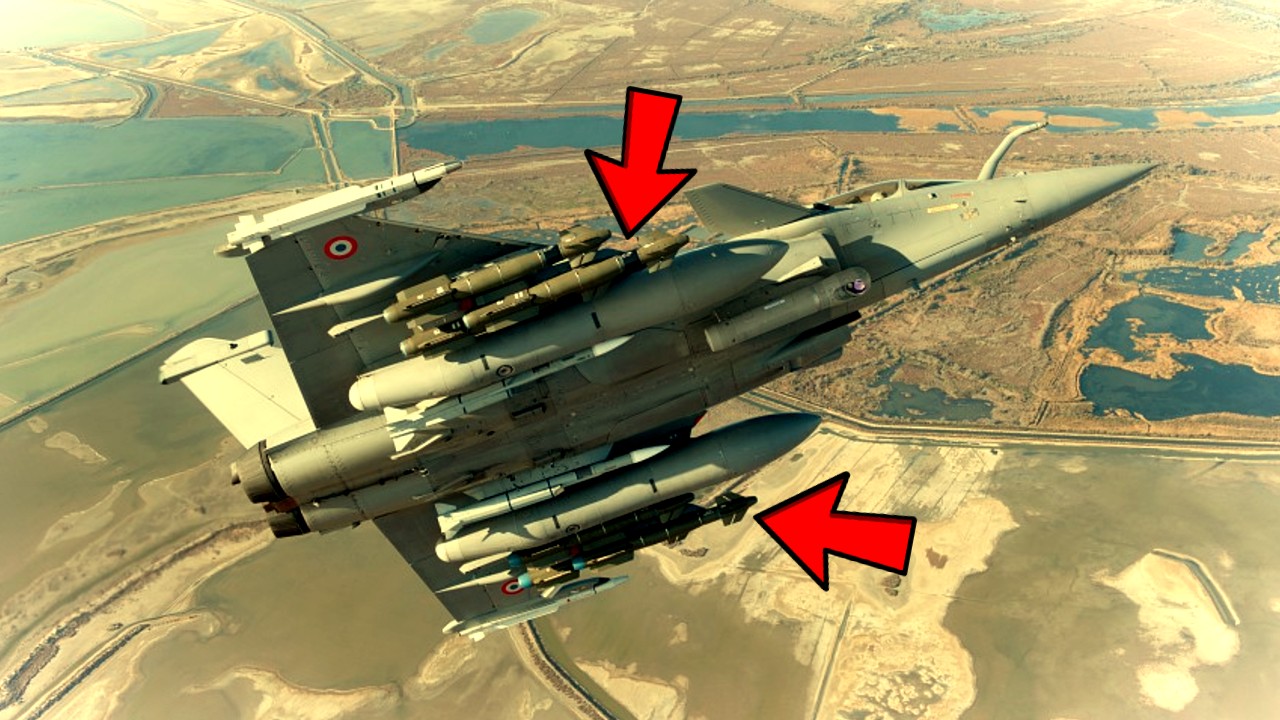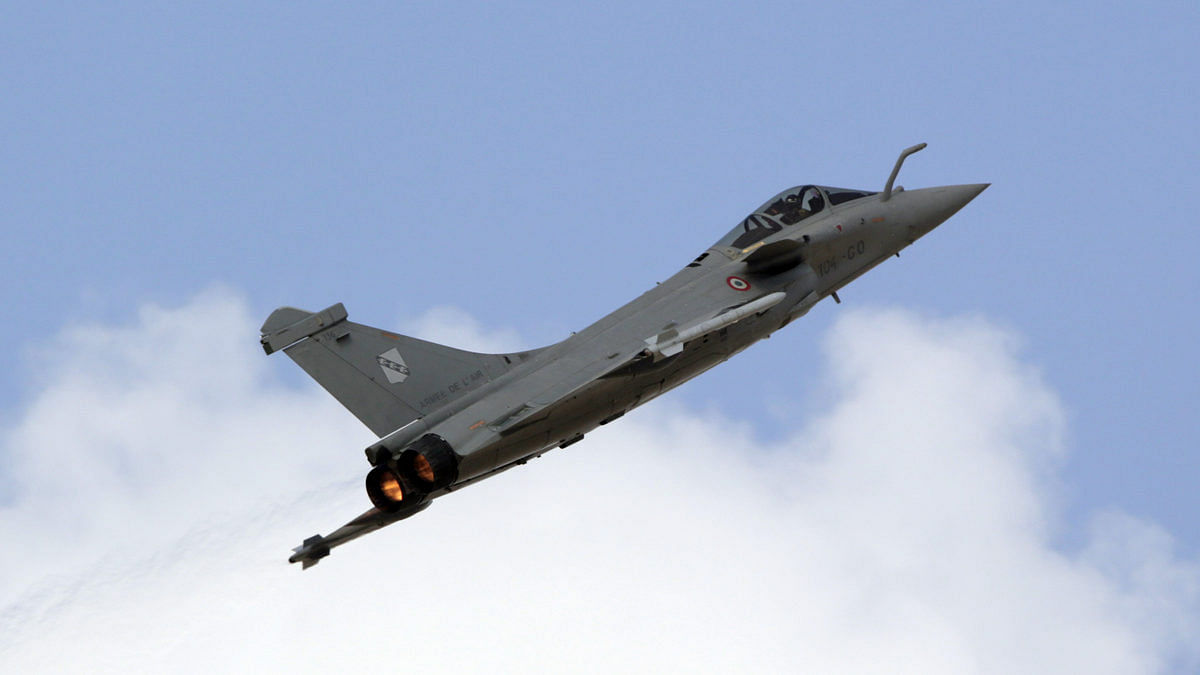Frontrunner
New Member
- Joined
- Apr 2, 2019
- Messages
- 385
- Likes
- 2,207
Hammer is nearly a missile : thanks to its booster it can be, for exemple, fired over the shoulder : the plane firing it a very low altitude, the bomb (or missile ?) thanks to the booster climb, can be fired on the side, and descend to the target with high energy and following diversified trajectory.
Fired at long range, the booster increase the range, and/or increase the energy at the end so as to hurt the target or hit it under a trajectory not possible to a glide bomb.
It has far more way of using versus a glide bomb.
But Hammer costs probably more : French newspaper La Tribune reported in 2017 that Safran intended to reduce the cost of a single AAASM from 120,000 Euros to around 80,000 Euros a piece. In comparison, the US-built GBU-12 230kg bomb costs around 50,000 Euros a piece.
However even with booster nd missile like capabilities, it's range is still less (20-70km)
Spice 1000 has a range of 100km..
About firing from a low altitude, it's range is very low i.e 15-20 kms. I believe low altitude strikes of hammer is targeted against SAMs... to avoid detection.
However against long range nd medium range sams.. 15 km is too less to be any beneficial.. long range sams can easily detect rafale flying at low level at 15-20 km radius.. as S-400 and equivalent sams are now have greater over the horizon capabilities.. thus if rafale has to fire hammer at low altitude at range of 15-20 km it will be vulnerable to counter fire by sams or even manpads.
Hammer at low altitude can be used against area defence sams with low ranges..
Which are hidden at valley of mountainous terrain... But no sam operator will hide behind mountains. Most probably radars units of sams will be positioned at higher altitude location to greatly increase range nd avoid any gaps or deficiencies in radar coverage..




